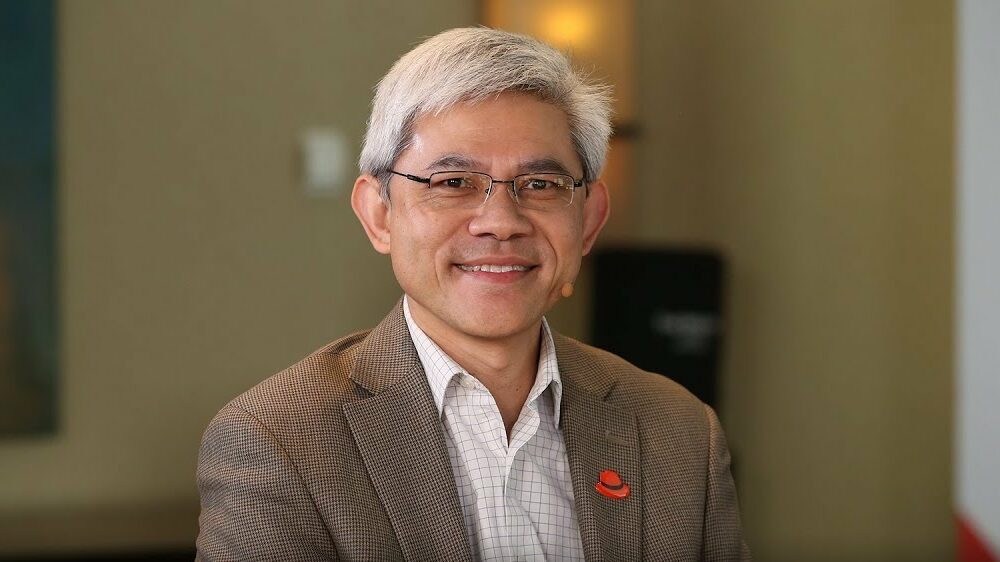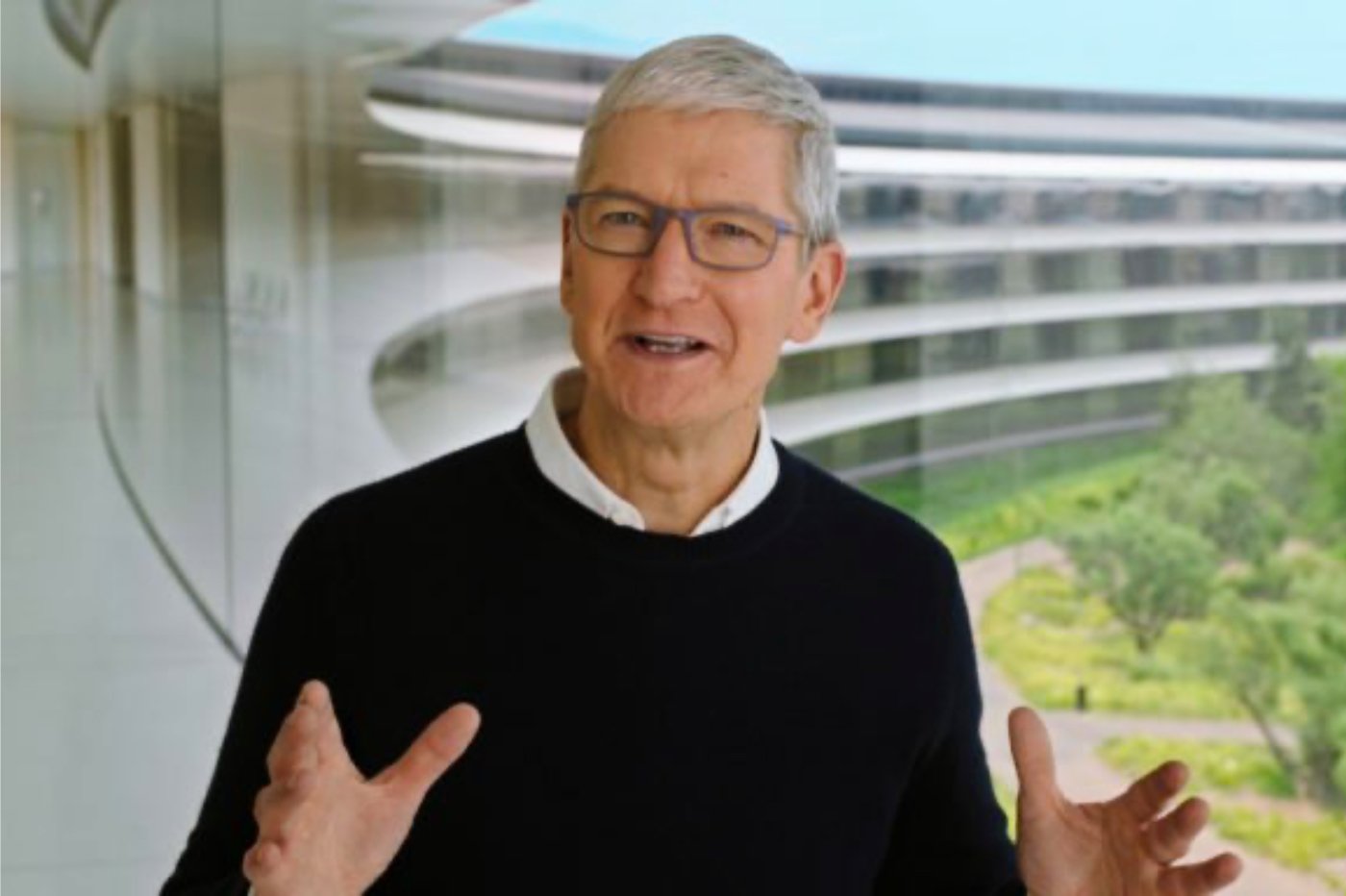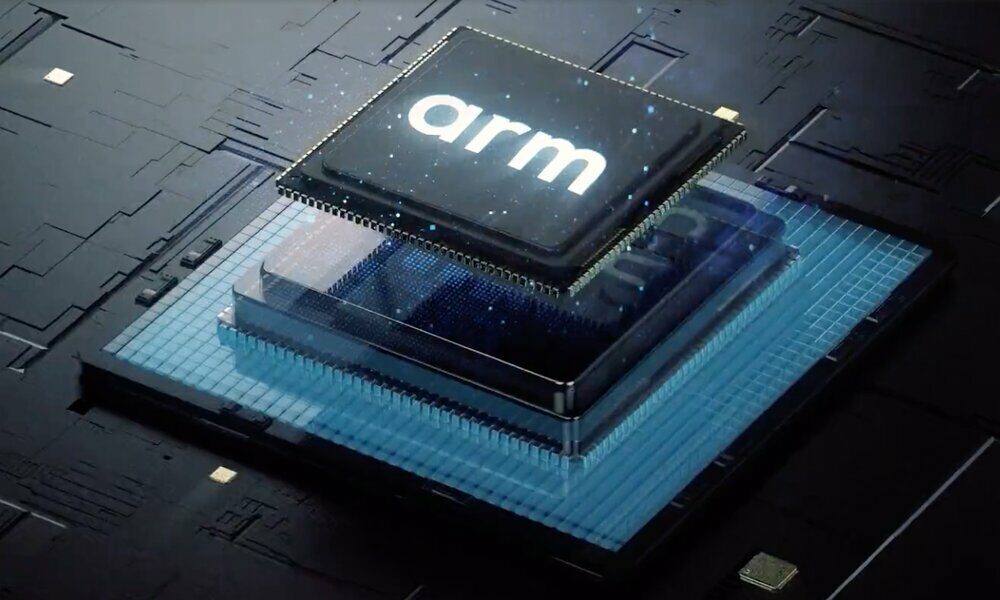
In just a few years, automobiles have become vehicles in which software plays a fundamental role. So much so, that the automotive industry has been one of the industries most affected by the chip supply problems that the world has experienced at the end of the pandemic.
With very similar hardware features in most manufacturers, users have begun to consider software as the great differentiator to consider when investing in a new car, be it for its driving assistance capabilities , for its “entertainment” center on board, or for integration with your smartphone among many other options to consider.
In this space, at Red Hat they are convinced that Open Source software has an important role to play and, as we told you a few weeks ago, they want to do it with Red Hat In-Vehicle Operating System, an operating system with which they want to facilitate that application manufacturers and developers can speed up development times, improve software security and OS management About Red Hat’s vision for this segment, we were able to chat with Francis Chow, VP & GM, In-Vehicle Operating System and Edge of the company.
[MCPRO] Voices are growing that the automobile industry runs the risk of becoming a commodity in which all vehicles are similar. Is it the software that makes the difference or is it going to make more and more of the difference? How do you see the industry has changed in recent years?
[Francis Chow] I think there’s definitely a recognition that if you’re just selling metal on wheels, over time it’s going to become a commodity. Right now customers are asking for better features and more customization.
If you compare your smartphone to a car, for example, why aren’t all the good things about your phone in your car? There is no reason and I think that the automobile industry is lagging behind in the adoption of new technologies. So I really see that with the current trend of software-defined vehicles, it represents an opportunity to avoid that commodity, since it puts in your hands many more options that were impossible to think of just a few years ago.
We see that there is now an option for us to help enable that industry so that developers can innovate faster with the platform that we provide them.
[MCPRO] In the car we are seeing approaches like Android Auto or Apple CarPlay, but not so many Open Source software projects. What role do you think this type of software will play in this industry in the future?
[Francis Chow] I think that over time there will probably be more acceptance of open source playing a bigger role in vehicles compared to what has been done in the past. And the reason is that the industry is seeing the benefits of collaboration that exist in open source. Many companies in this sector and its ecosystem have formed joint ventures, which takes time. launch a joint venture it may take more than two years. But all this work, this collaboration can be accelerated if you use open source software, since the speed when it comes to innovating and doing business, collaborating, is much greater.
Another thing that I think the industry has always tried to get away from is being tied to their supply chain. A lot of the proprietary systems that have been used in the past and are still in use really create that dependency, everything is proprietary.
Once you’ve invested in a certain ecosystem, in software, hardware, it’s hard for them to switch to a different provider, even if the other provider offers better features or even costs. But with open source, there is no such dependency because precisely, everything is open.
[MCPRO] Are you currently seeing that spirit of collaboration in the automotive industry? What can be perceived from the outside is that many manufacturers are going in the opposite direction, releasing their own proprietary operating systems. Do you think they would be willing to “abandon” them to bet on standardized software?
[Francis Chow] I don’t think it’s a binary decision for them, that is, to use open source software or keep it proprietary, because there are different layers to the structure. Even when Mercedes talks about Mercedes OS or BMW OS, they mean something other than what we mean by operating system.
Their SO actually refers to almost the entire structure of how they operate a car. Our definition is found instead in the base layer, Linux, the support, the middleware and the applications that run on it, and how they manage the underlying hardware.
What we think makes sense is for automakers to keep certain things proprietary in order to differentiate themselves, like in the apps and services on a vehicle, but not in the core of your operating system. Car manufacturers don’t have a lot of experience on how to maintain and support a Linux system, whereas we know how to do it because we’ve done it for 30 years.
You also have to consider the investment that automakers have to make to maintain that layer of infrastructure and internal systems. It doesn’t make sense to them because they don’t make a profit out of it. But suppose they go for an open source operating system like Red Hat, which also invites other automakers to do the same. This would allow us to amortize our investment between the different vendors and do it in a way that is definitely much more cost-effective for everyone, especially compared to each having to build their own layer of infrastructure.
[MCPRO] You are signing the first alliances with some manufacturers, although you yourselves recognize that it will be a long process. Do you think Linux or even Red Hat is going to be I don’t know if widespread but very popular in the automotive industry in the future?
[Francis Chow] Don’t know. I think it will probably be a process that will take several years. Typically, from design to production of a vehicle, it usually takes between three and five years, depending on which car manufacturers you talk to.
Some automakers in China can do it faster, but in general, it takes about three to five years. So even if today a car manufacturer decides to use Linux, or our own product, it would be that long before we see these types of vehicles on the road.
But we do see that there is definitely much stronger momentum from an interest standpoint, and that momentum is picking up in the last six months. When I started in this position, everything was a little slower, but now we are seeing that interest has skyrocketed at what we can say is a time of transition, and in which we are seeing how more and more car manufacturers are open to these ideas and want to conduct pilot tests.
[MCPRO] Are there models you are already working with right now?
[Francis Chow] At the Red Hat Summit last year we announced our alliance with General Motors and in this edition we have done so with ETAS. Both projects are ongoing. The idea is to make these announcements as pilot projects for the industry in a way that they perceive that change is happening.
Of course, we welcome more ecosystem players, both customers and partners, to join us. We are in talks with almost every car manufacturer worldwide. We’re not yet at the point of announcing other partnerships, but I’d say interest is high. I think it’s just a matter of time.
[MCPRO] What are the main challenges that open source software manufacturers have to overcome in the vehicle?
[Francis Chow] I think the biggest challenge for us is to achieve security certification for a Linux operating system. No one has been able to do it before. The reason we think we can do it is because we’re approaching it a little differently than previous approaches.
We are still aiming to achieve ISO 262 Asylated Security Objective Level B (ASOB). But what we can build on, and many of our previous efforts couldn’t, is that we have 30 years of experience supporting mission-critical applications in all kinds of industries.
We’re in the IT systems of 100% of Fortune 500 airlines, 100% of healthcare companies, and 100% of Fortune 500 banks. So we’ve had experience supporting of these mission-critical systems. And we are taking that experience and track record to the automotive field, because in the end, safety is also about quality.
If the software is bug-free and stable, and can be fixed quickly in the event of a problem or quickly patched if there is a security hole, we have that track record to show that we can do it. And we’re trying to incorporate that experience as part of our security argument. We are working with our security partner, Exeter, to obtain that certification.
[MCPRO] Specifically regarding vehicle safety, do you think that the fact that the software is open and anyone can see the code, including hackers, poses a greater risk for brands when investing in this type of software?
[Francis Chow] The operating system (OS) will be open source because that’s what we do as a company. But the top layers, really, it’s up to the automakers whether they want to open it up or not.
There will be things that will not be open in the car. But even for the OS, it’s not unlike how we’ve done it with our enterprise customers. Again, 100% of the airlines, 100% of the banks, 100% of the companies, don’t care about safety and reliability? They do care.
[MCPRO] AI has long been part of vehicle software. How do you see its development right now?
[Francis Chow] I think the new models will help push the industry even further in terms of in-car capabilities. If you look at many driver assistance systems or autonomous driving systems today, they already use a lot of artificial intelligence (AI) because they have to recognize objects on the road and make decisions based on them.
Many of these models are already trained, referenced and influenced. So what I think is that the likelihood of AI gaining momentum will make everything even better and faster, allowing for even better interaction between consumers or drivers and the car.
Currently, you can already have voice-activated assistance. But with GTP, for example, you can process complex things with a natural language more effectively. Think about what that means when you’re driving a car. You can ask your car, for example, to place a food order for you without having to call the restaurant. And then the car will know your preferences.
But if you ask me about autonomous driving, I personally think it’s a long-term thing. If we want to reach total autonomy, I think we still have many years to go. And the challenges are not just technological. The challenge also lies in the different contexts and conditions in which it is sometimes very difficult to predict the combination of events that may occur.
Also, there are legal and ethical issues, right? For example, if a car has to make a decision between killing the driver or a pedestrian, how should it be programmed? Now we are talking about assigning social scores to people. What is the most optimal way to kill people to maximize social benefit? That is a much more difficult question to answer.



